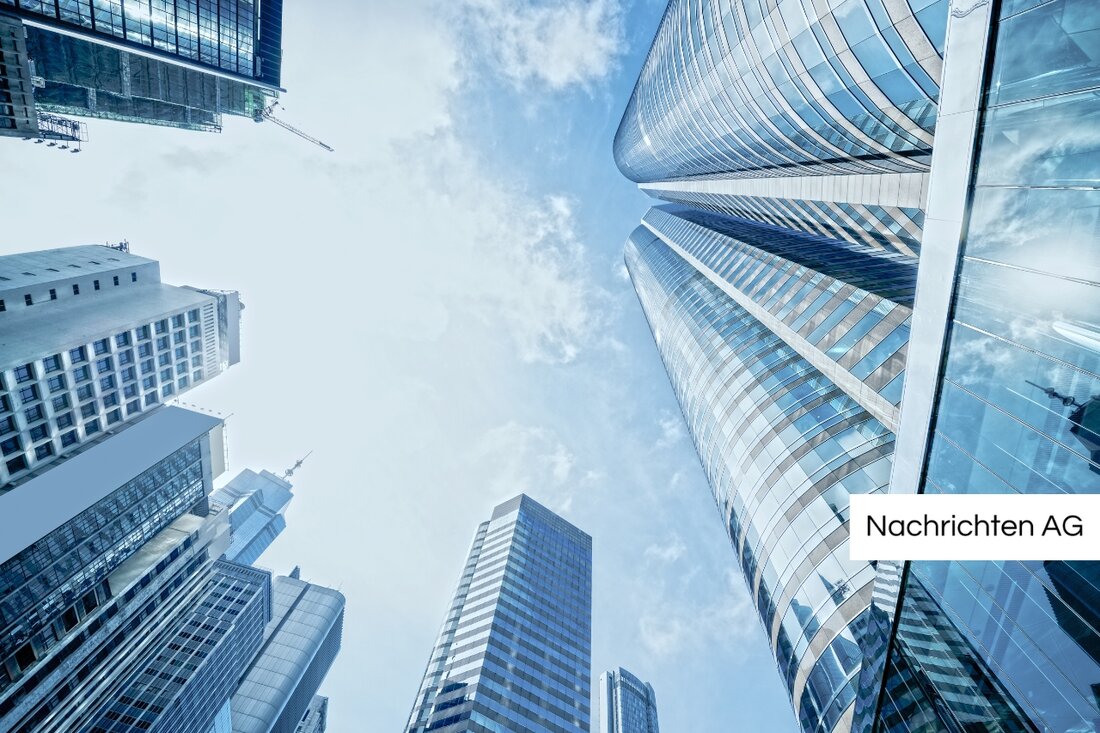Austrians at the limit: 59% fights with increasing living costs!
Austrians at the limit: 59% fights with increasing living costs!
The current survey of the Lazarsfeld Institute on behalf of OE24 shows alarming results: 59 percent of the Austrians indicate that they can no longer keep their previous living standard. Only 6 percent are able to expand their lifestyle. However, 35 percent of those surveyed feel able to maintain their usual standard of living. These results illustrate how strongly the increasing cost of living, especially energy, rent and food, strain the everyday life of citizens. Many people are forced to make savings and to do without certain expenses.
The survey also shows that the economic situation of households is particularly tense in Austria. Above all, the government's announced austerity measures, such as increasing health insurance contributions for pensioners and higher federal fees for documents such as passport and driver's license, tighten the situation. In view of the need to improve the economic framework, it is clear that measures are required to reduce financial pressure on households. In addition, there is the uncovered 9,000 euros in social welfare scandal, which also shakes many people. [Exxpress.at] (https://exxpress.at/news/oesterreicher-am-limit-wality-kann-life standards-nicht-Mehmenen
inequality of living costs
The analysis of the cost of living in Switzerland shows a similar picture. According to a study, these costs put a difference between the budget. While the lowest income provides 82 percent of its income for basic needs, the pressure on the wealthier households is lower. Living costs in Switzerland are about 75 percent above the EU average. This shows that the cost of living significantly exacerbates the inequality of the freely available income. socialchangeswitzerland.ch emphasizes that the groups of buying power are particularly affected by increasing prices.
The big differences in the burden of living costs between different income groups are particularly striking. On average, only 17.5 percent of gross income remain free, while the largest expenditure for living and energy is 14 percent of the gross income. This financial burden leads to an increase in the Gini coefficient by 10.9 points, which illustrates the growing inequality.social inequality in an international context
A look across the borders shows that social inequality in Germany is also growing in the distribution of income and assets. About 50 percent of households have less than 24 percent of the total gross purchase income. The top Decil of the distribution of income, on the other hand, combines almost 28 percent of the income and about 60 percent of the assets. This unequal distribution has profound effects on social participation and educational perspectives. The Gini coefficient of almost 0.79 illustrates the high level of asset in Germany, such as the [bpb.de] (https://www.bpb.de/shop/zeitschratzen/izpb/social-ungleichtheit-354/520845/ Einfärsensundsunds.
The structural problems in Austria, Switzerland and Germany are linked to each other due to the increasing cost of living and the unequal distribution of economic opportunities. In order to counter the challenges of social inequality, extensive reforms are required that reduce the financial burdens of households and create fairer framework.
| Details | |
|---|---|
| Ort | Österreich |
| Quellen | |


Kommentare (0)